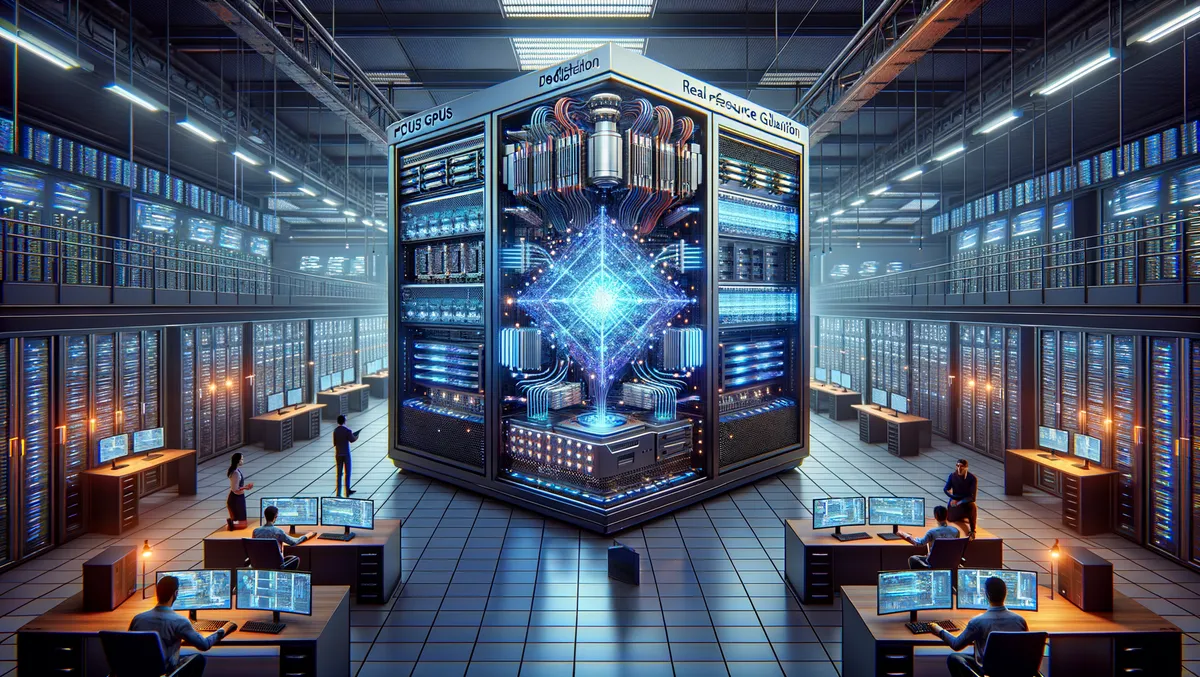
Fujitsu develops world-leading CPU/GPU optimisation technology amidst GPU shortage
Technology leader Fujitsu has announced the creation of the world's foremost technology for optimising the use of Central Processing Units (CPUs) and Graphics Processing Units (GPUs). The innovative technology will allocate resources in real time, gifting priority to processes that exhibit high execution efficiency in scenarios where programs running utilise GPUs.
Fujitsu developed this groundbreaking technology in response to the worldwide GPU shortage, a phenomenon driven by the surging demand for generative AI, deep learning, and other applications. The intent is to optimise the use of existing computing resources of users, thus mitigating the impact of the GPU shortage.
A distinguishing feature of this technology is its ability to discern between programs that necessitate a GPU and those that can be managed by a CPU. This capacity holds even when multiple programs are under processing. The rate of acceleration is predicted, and GPUs are allocated in real time for high-priority program processing, making the technology incredibly innovative and efficient.
This advanced optimisation technology has been designed to speed up the training of models for processing graph AI data in the development of applications such as AI using GPUs and advanced image recognition, an application that is in high demand in today's technology-driven landscape.
Furthermore, Fujitsu has developed the world's first technology for real-time switching between multiple programs on a High-Performance Computing (HPC) system. This technology enables real-time switching between programs, without the need to wait for the completion of the current program. It makes it feasible to perform large-scale computations by connecting multiple computers, marking a significant advancement in HPC technology.
Moreover, applications needing real-time performance, such as digital twins, generative AI, and materials and drug discovery, can be executed more rapidly using HPC-like computational resources. By reducing the gap between switching in program processing from seconds to merely a hundred milliseconds in a 256-node HPC environment, Fujitsu has achieved true real-time execution for multiple programs in an HPC system.
The CPU/GPU resource optimisation technology envisioned by Fujitsu has practical applications in various domains. Fujitsu plans to use this technology for processing tasks that require GPUs for its Fujitsu Kozuchi - AI Platform, a platform that creates opportunities for users to quickly test advanced AI technologies.
The company also anticipates using the HPC optimisation technology with its 40 qubit quantum computer simulator committed to cooperative computing utilising multiple nodes. Applications for Fujitsu Computing as a Service HPC, which facilitates users to develop and execute applications for simulations, AI, and combinatorial optimisation problems, are also under consideration.
The optimum use of hardware configurations amidst servers through the Composable Disaggregated Infrastructure (CDI) architecture is another prospective application. All these ventures aim to universally provide easy access to cost-effective high-performance computing resources.


